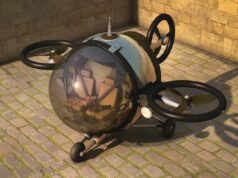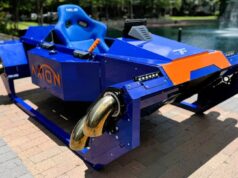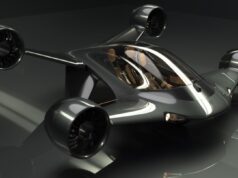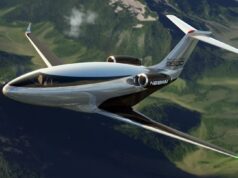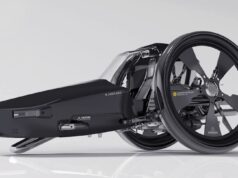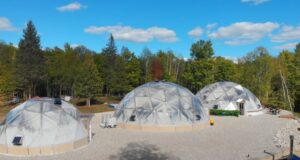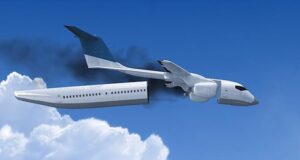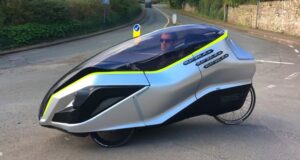The Flying-V is a proposed airliner of flying wing configuration, being studied by researchers at Delft University of Technology in the Netherlands.
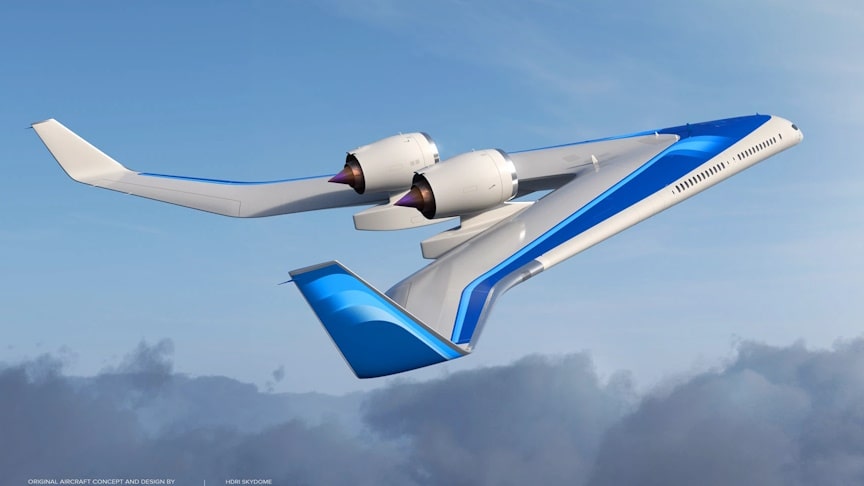
source-image: Anton Weaver
The aircraft is designed to be highly energy-efficient over long distances. Dubbed the “Flying-V,” this personal study showcases the radically different approaches aircraft design is headed in order to achieve efficiencies not afforded to the traditional “tube with wings” profile.
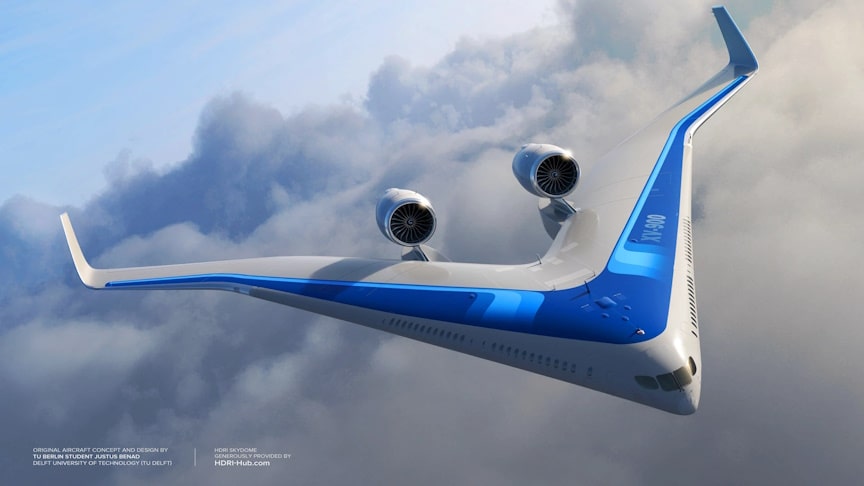
source-image: Anton Weaver
These renders are inspired by the research work done by TU Delft University student Justus Benad. The Flying-V carries about the same number of passengers – 361 in the standard configuration – and the same amount of cargo, 160 m3. more info: behance/Anton Weaver
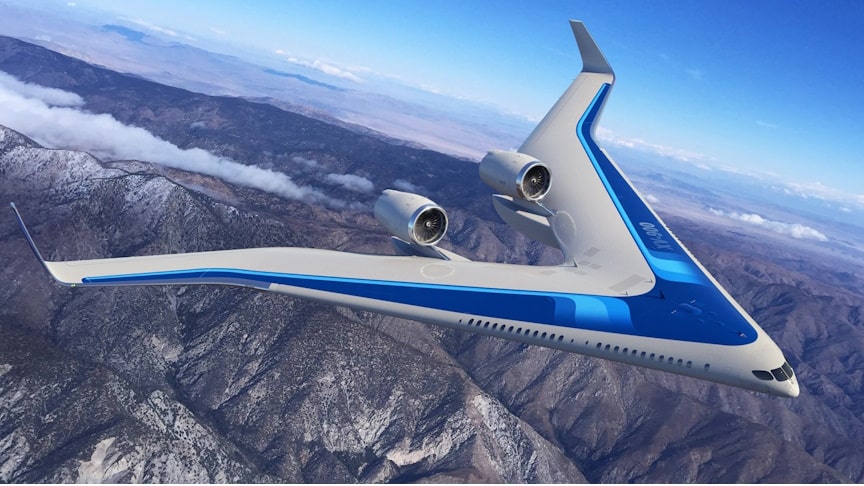
source-image: Anton Weaver
Project leader at TU Delft, Dr. Roelof Vos: The Flying-V is smaller than the A350-1000 and has less inflow surface area compared to the available amount of volume. The result is less resistance. That means the Flying-V needs less fuel for the same distance.
Advertisement
The plane could also be powered by hydrogen, in which case it wouldn’t produce any carbon emissions. Hydrogen is less efficient and powerful than jet fuel, however, which would cut the plane’s range by about 35%, and the tanks needed to carry the hydrogen would require about 70% of the cargo volume.
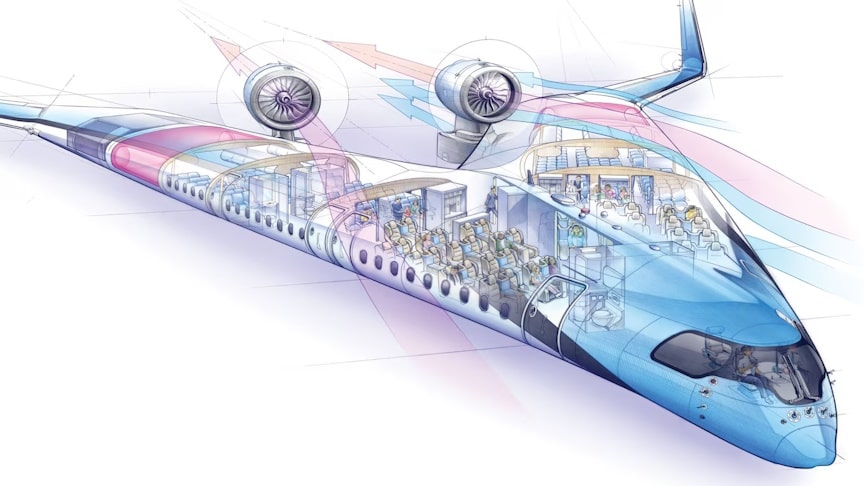
source-image: Anton Weaver
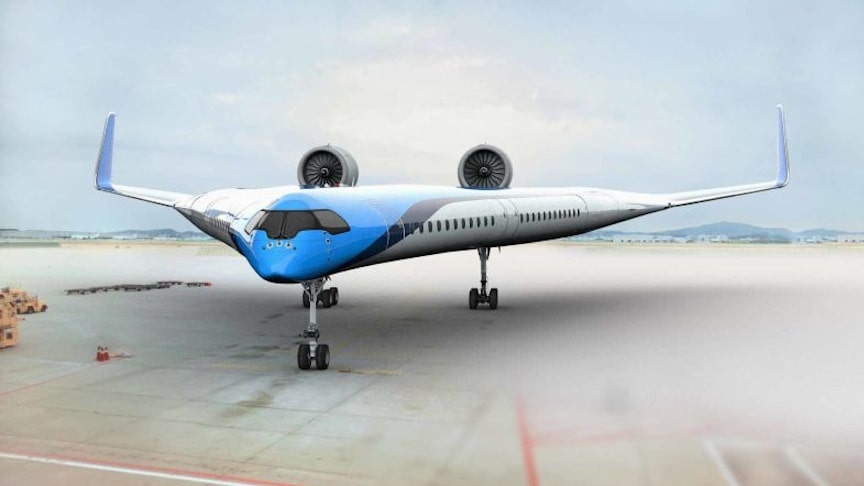
source-image: Anton Weaver
The university’s blended-wing aircraft concept has financial and technical support by KLM Airlines. Currently, the Flying-V program has a permanent staff as well as graduate students working on it. The long-term plans are to move from the simulators to wind-tunnel testing to prove the aircraft’s efficiency, and then build a mockup of the cabin.

